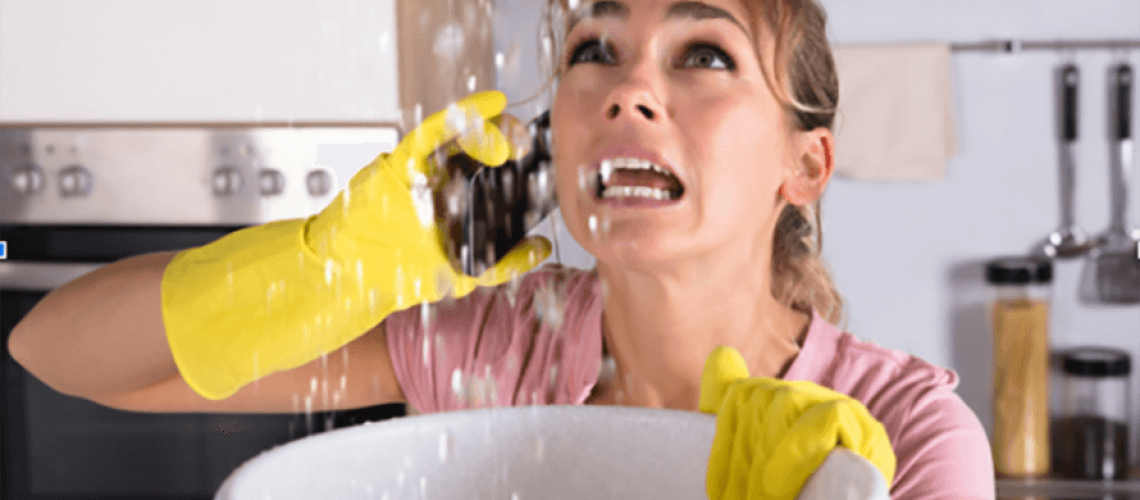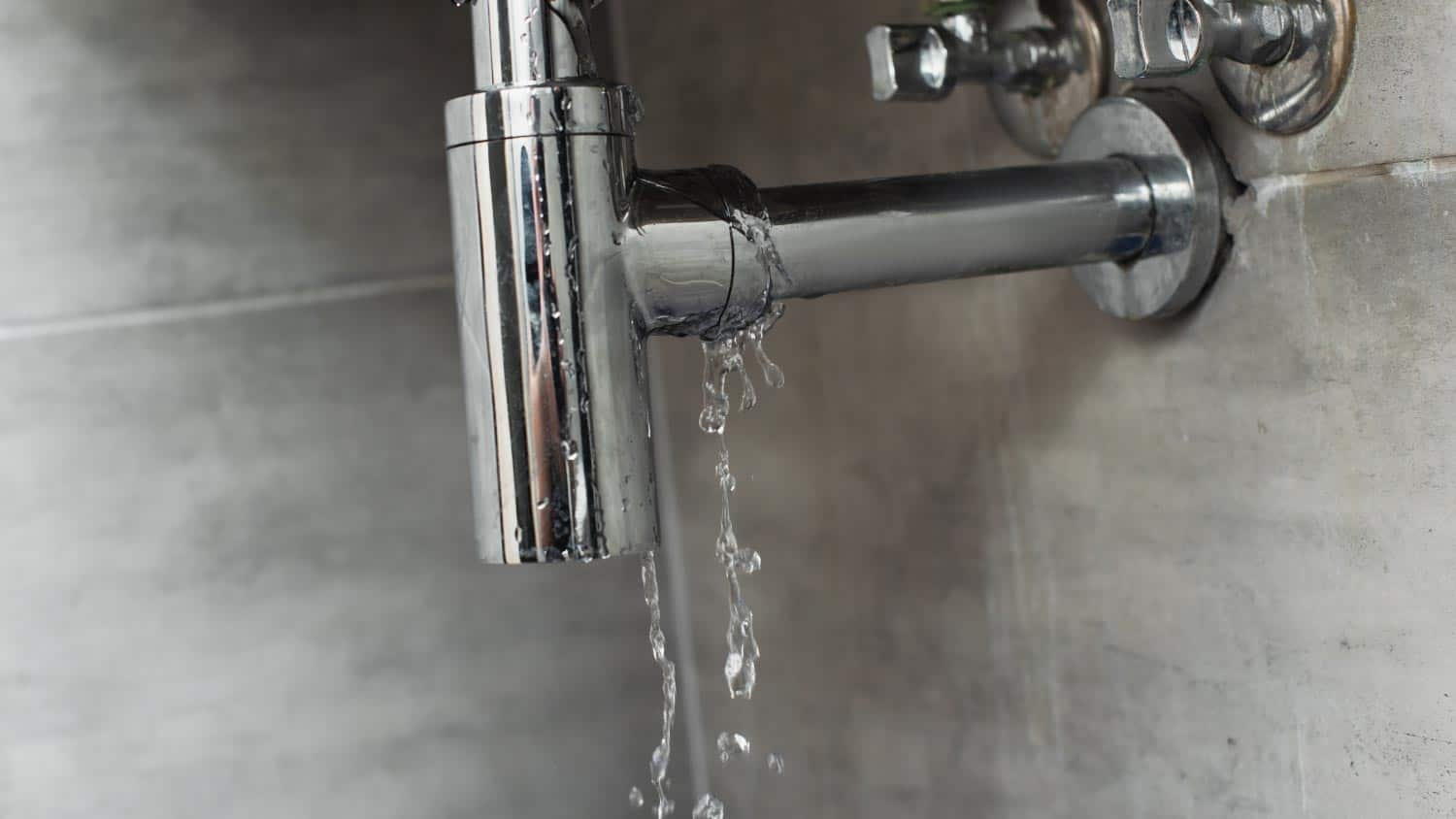Finding Secret Water Line Leaks: Six Effective Detection Tricks
Finding Secret Water Line Leaks: Six Effective Detection Tricks
Blog Article
We've discovered the article relating to Locating water leaks down the page on the net and believe it made good sense to relate it with you on this page.

Early detection of leaking water lines can alleviate a possible calamity. Some little water leaks might not be noticeable.
1. Check Out the Water Meter
Every house has a water meter. Examining it is a guaranteed way that aids you discover leakages. For starters, switch off all the water sources. Ensure no one will certainly purge, use the tap, shower, run the washing device or dish washer. From there, most likely to the meter and also watch if it will certainly alter. Since no person is utilizing it, there need to be no motions. If it moves, that suggests a fast-moving leak. Also, if you detect no changes, wait a hr or more and check back again. This indicates you may have a sluggish leak that could even be underground.
2. Inspect Water Usage
Evaluate your water bills and also track your water consumption. As the one paying it, you should discover if there are any inconsistencies. If you detect sudden changes, regardless of your intake being the same, it means that you have leaks in your plumbing system. Bear in mind, your water expense ought to fall under the very same array monthly. An unexpected spike in your costs shows a fast-moving leakage.
On the other hand, a steady increase monthly, even with the same routines, shows you have a slow leak that's likewise slowly intensifying. Call a plumber to completely inspect your residential or commercial property, particularly if you feel a cozy location on your flooring with piping beneath.
3. Do a Food Coloring Test
When it comes to water usage, 30% comes from bathrooms. If the shade in some way infiltrates your bowl during that time without flushing, there's a leakage in between the tank as well as dish.
4. Asses Exterior Lines
Do not forget to inspect your outside water lines as well. Should water permeate out of the connection, you have a loose rubber gasket. One little leakage can squander heaps of water and also surge your water expense.
5. Examine as well as Analyze the Situation
Home owners should make it a habit to inspect under the sink counters as well as even inside cupboards for any type of bad odor or mold growth. These two warnings suggest a leak so timely focus is needed. Doing routine evaluations, even bi-annually, can save you from a significant problem.
Inspect for stainings and deteriorating as a lot of devices and pipes have a life expectancy. If you suspect leaking water lines in your plumbing system, don't wait for it to intensify.
Early discovery of dripping water lines can mitigate a possible calamity. Some tiny water leaks may not be visible. Inspecting it is a proven way that helps you find leaks. One tiny leakage can waste loads of water and also surge your water bill.
If you presume leaking water lines in your plumbing system, don't wait for it to intensify.
WARNING SIGNS OF WATER LEAKAGE BEHIND THE WALL
PERSISTENT MUSTY ODORS
As water slowly drips from a leaky pipe inside the wall, flooring and sheetrock stay damp and develop an odor similar to wet cardboard. It generates a musty smell that can help you find hidden leaks.
MOLD IN UNUSUAL AREAS
Mold usually grows in wet areas like kitchens, baths and laundry rooms. If you spot the stuff on walls or baseboards in other rooms of the house, it’s a good indicator of undetected water leaks.
STAINS THAT GROW
When mold thrives around a leaky pipe, it sometimes takes hold on the inside surface of the affected wall. A growing stain on otherwise clean sheetrock is often your sign of a hidden plumbing problem.
PEELING OR BUBBLING WALLPAPER / PAINT
This clue is easy to miss in rooms that don’t get much use. When you see wallpaper separating along seams or paint bubbling or flaking off the wall, blame sheetrock that stays wet because of an undetected leak.
BUCKLED CEILINGS AND STAINED FLOORS
If ceilings or floors in bathrooms, kitchens or laundry areas develop structural problems, don’t rule out constant damp inside the walls. Wet sheetrock can affect adjacent framing, flooring and ceilings.
https://www.servicemasterbyzaba.com/blog/how-to-detect-water-leakage-in-walls/

We were made aware of that article about Detecting hidden plumbing leaks through someone on our other blog. Sharing is nice. You won't know, you might be helping someone out. Thanks a lot for taking the time to read it.
Hire A Pro Report this page